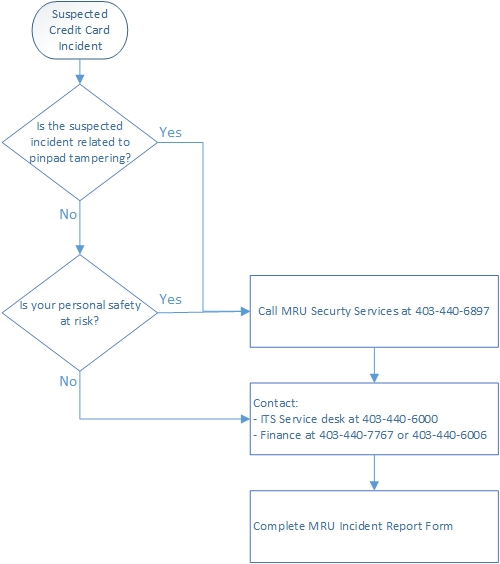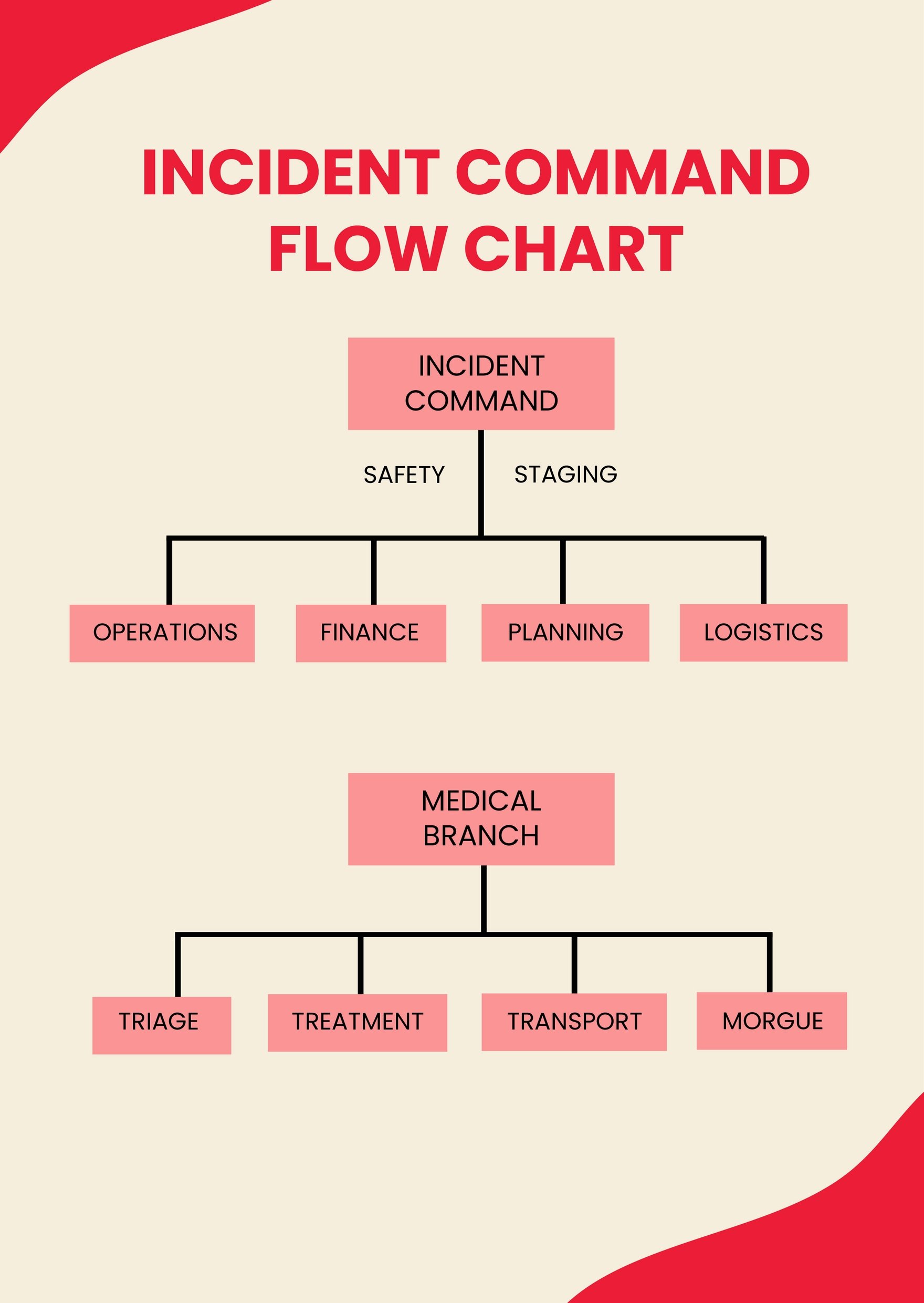
Public Health Service recommendations, but does not cite specific recommendations. As such, it requires that medical evaluation and follow-up be provided in accordance with the U.S. Note: The bloodborne pathogens standard is a performance oriented standard.
INCIDENT REPORT FLOWCHART INFOGRAPHIC PROFESSIONAL
The employer must refer the exposed employee to a licensed health care professional who will perform all medical evaluations and procedures in accordance with the most current recommendations of the U.S. The dental employer is responsible for providing follow-up, but is not required to perform the follow-up. Referral to a Health Care Professional (HCP) - Following a report of an exposure incident, the dental employer shall make immediately available to the exposed employee a confidential medical evaluation and follow-up at no cost to the employee. Immediate reporting also enables the dental employer to evaluate the circumstances surrounding the exposure incident to try to find ways to prevent such a situation from occurring again. Public Health Service, if HIV postexposure prophylaxis is medically indicated it should be initiated promptly, preferably within 1-2 hours after the exposure incident.

Reporting Incident - Employees should immediately report exposure incidents to the employer to permit timely medical follow-up. Collection and Testing of Employee's Blood.Identification and Testing of Source Patient's Blood.Referral to a Health Care Professional (HCP).Note: This section is designed to supplement the flow chart outlining the standard's requirements following an exposure incident. Internet resources containing information for health care professionals on infection control and occupational safety. Sample "questions and answers" addressing potential dental employer concerns.Ī Reference List, including OSHA publications, as well as relevant CDC guidelines and recommendations. Questions and Answers for Dental Employers

This section is designed to supplement the flow chart outlining the standard's requirements following an exposure incident.Ī flow chart providing visual step-by-step guidance to the standard's requirements for post-exposure evaluation and follow-up. If the required controls are in place and the standard is correctly implemented, then exposure incidents will be relatively uncommon events. Note: The standard is designed to prevent occupational exposure to blood or OPIM. The licensed health care professional also will evaluate any reported illness to determine if the symptoms may be related to Human Immunodeficiency Virus (HIV) or Hepatitis B Virus (HBV) infection. He or she will prescribe appropriate follow-up in accordance with current U.S.
INCIDENT REPORT FLOWCHART INFOGRAPHIC HOW TO
The health care professional will counsel the individual about what happened and how to prevent further spread of any potential infection. This means a person who is licensed under the laws of the state where he/she practices to independently provide the post-exposure evaluation and follow-up services required by the standard. The dental employer must refer the exposed employee to a licensed health care professional. (For example, a puncture from a contaminated sharp such as an injection needle or a cut from a scalpel blade or suture needle.) Saliva in dental procedures is treated as OPIM. An exposure incident is any eye, mouth, mucous membrane, non-intact skin, or other parenteral contact with blood or other potentially infectious material (OPIM). OSHA's final rule for Occupational Exposure to Bloodborne Pathogens requires the dental employer to make immediately available confidential medical evaluation and follow-up to an employee reporting an exposure incident.


 0 kommentar(er)
0 kommentar(er)
